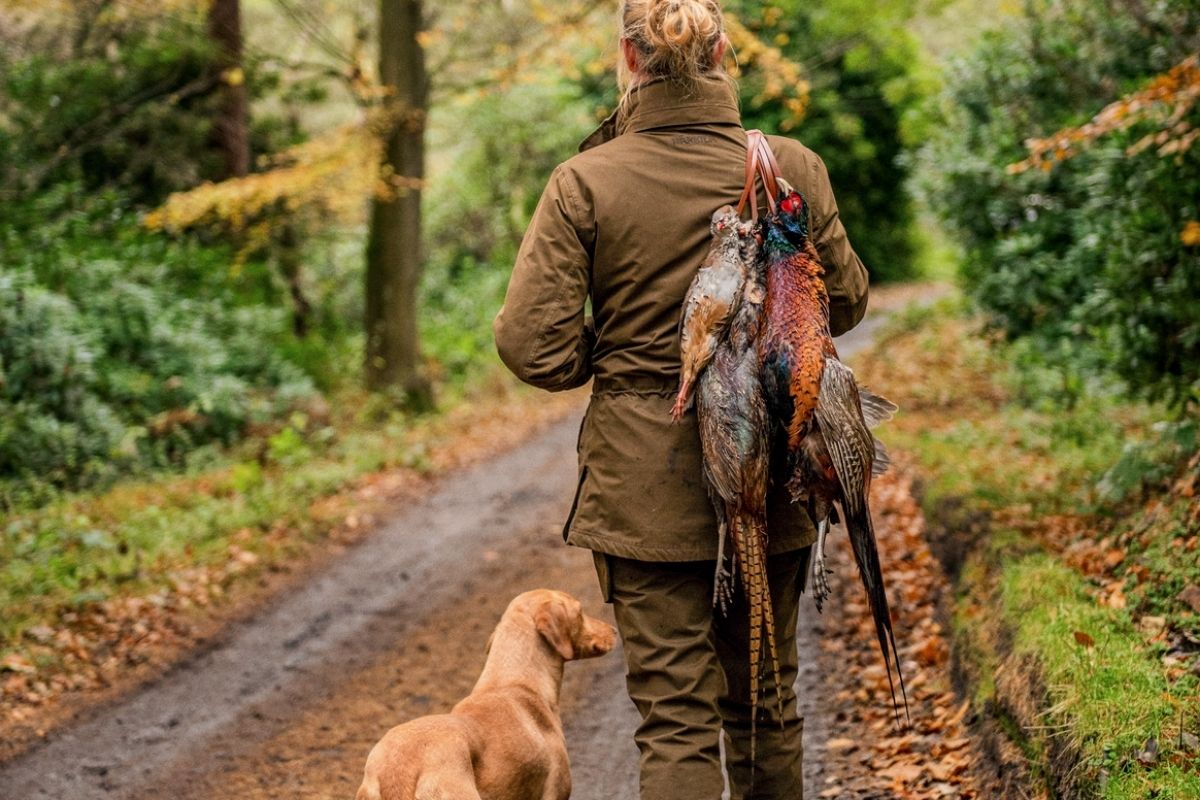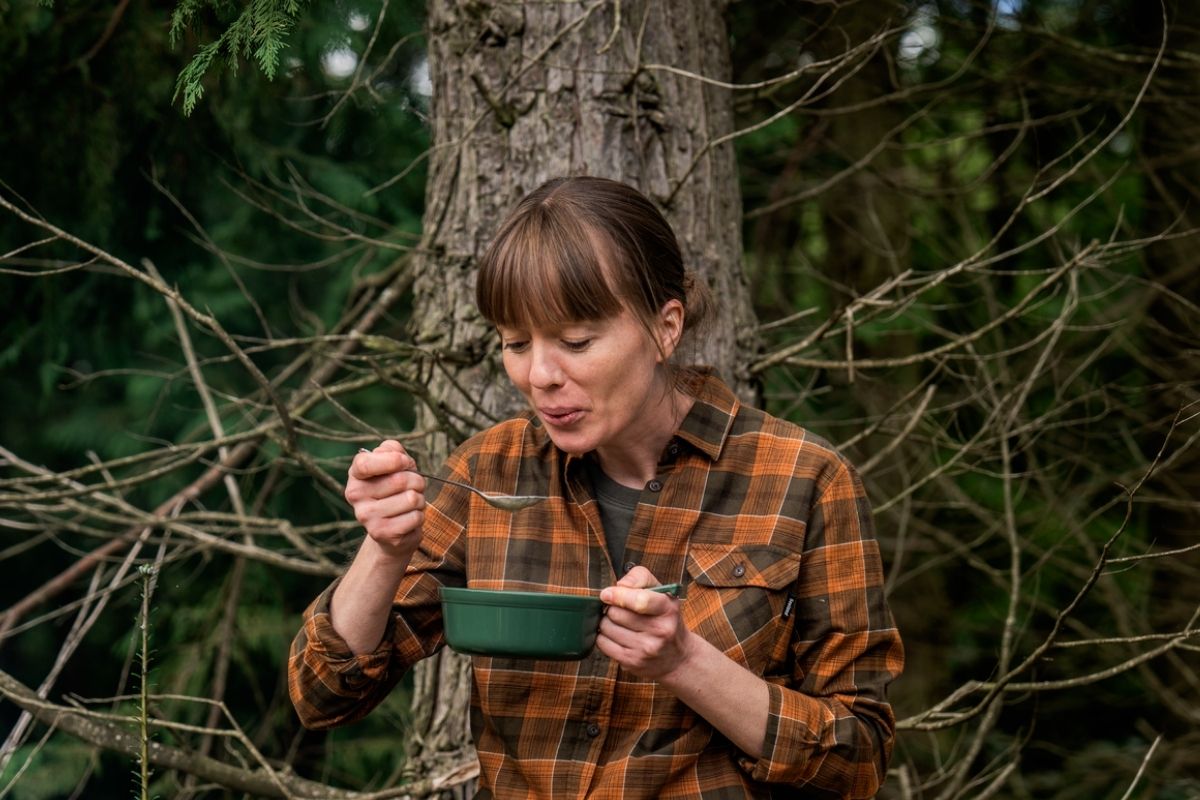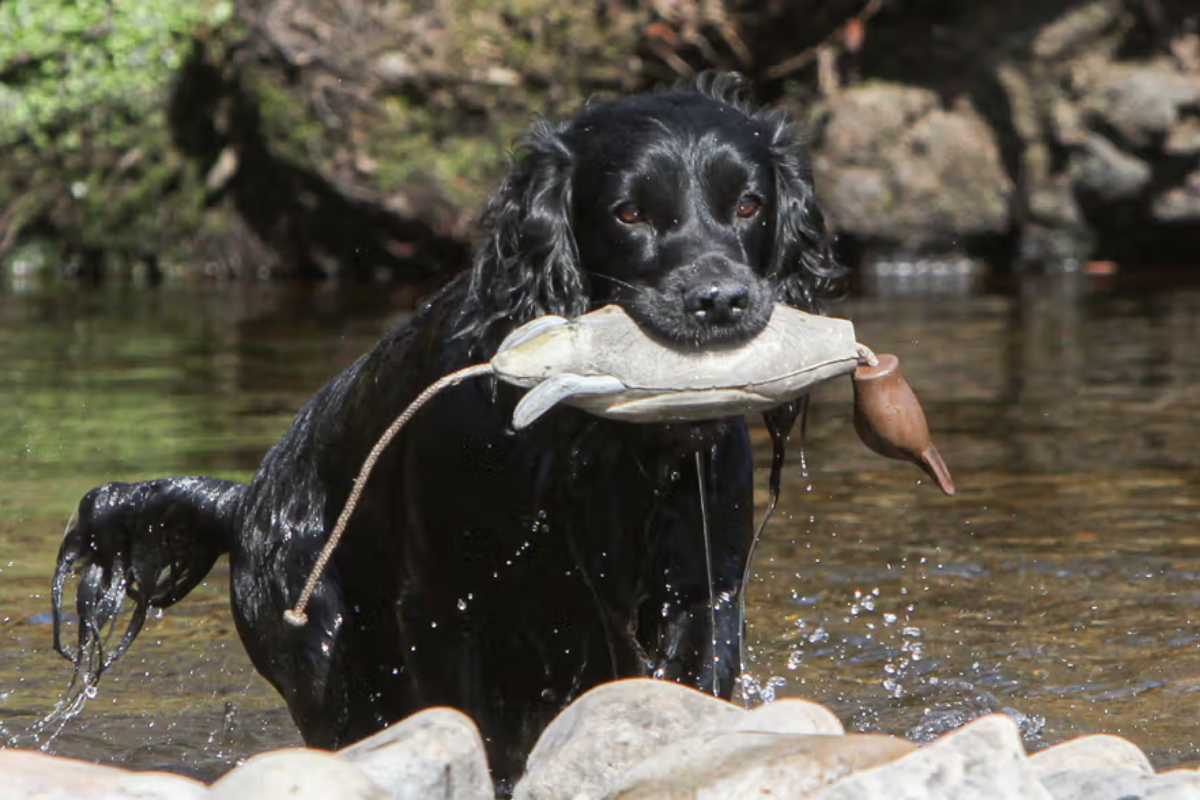
Maintaining your gundog's training
Neglecting gundog training during the off-season can lead to noticeable setbacks, and small issues can quickly grow into bigger problems. With targeted exercises, however, a dog can return to top form before the hunting season begins. The ultimate goal is to enter the season with a well-schooled, confident, and responsive hunting companion.
From peak season to rest period
By the close of the shooting season, most gundogs are very different from the eager but less-polished partners that began the season months earlier. Many experience what is often called “January Dog Syndrome” (JDS) — the natural result of months of intense work in the field.
After a season that may involve dozens of days working, beating, and retrieving across challenging terrain, gundogs benefit from a well-earned rest. A break of around a month allows them to recover both physically and mentally before beginning a new training cycle.
Feeding for function
During the winter months, when work levels are high, gundogs require a well-balanced diet with sufficient protein and calories to maintain condition. In cold, wet conditions, some breeds — particularly those without thick coats, like cocker spaniels — can lose weight rapidly.
In summer, with reduced activity, a lower-protein diet helps moderate energy levels and prevent unnecessary weight gain. Toward late July or early August, protein levels should be increased and exercise gradually intensified. A well-conditioned dog needs some body reserves for long shoot days, especially when working in the beating line for several continuous hours.
Running a gundog too light can risk energy depletion, while excess weight hinders performance — a balanced approach is essential.

Water work and safety
Access to clean lakes, streams, or ponds can be used to build strength and reinforce retrieves. Water must be free from blue-green algae and hidden hazards such as submerged logs or branches.
When training water retrieves, it is useful to occasionally place dummies on the far bank rather than always in open water. Many wounded waterfowl head for cover along the water’s edge; dogs trained only for mid-water retrieves may waste time searching in the wrong area.
Building stamina on land
As the season approaches, gradually increase the length and variety of daily walks. Road walking builds muscle, conditions feet and pads, and offers an opportunity to refresh heel work. Tight circles and figure-eight patterns keep the dog attentive and responsive.
Training should also include “off-road” work over uneven ground with long grass, tufts, and natural obstacles. This conditions both dog and handler for the physical demands of a day in the field and reinforces close control over rough terrain.

Controlling hunting range
One common post-season issue is a gundog hunting too far out. This can result in flushing game beyond shooting range or chasing after self-found quarry.
Because true shooting conditions are hard to replicate in summer, exercises should focus on rewarding the dog for staying close. All rewards, whether dummies or balls, should be delivered within a short distance of the handler. This builds the association that good things come from working near the handler, reducing the urge to self-hunt at a distance.
Close-range hunting drills
For steady dogs, place them in a sit or on a lead. Throw a fur dummy or ball a short distance ahead, then walk them away until the mark is lost. Turn back and set the dog hunting, using a consistent hunt command (click, whistle, or verbal). Encourage the dog to work the area until it finds the retrieve close to the handler.
On scentless ground, simulate scent by rubbing a dummy in the grass to create noise and scent traces, but keep the dummy hidden. Release the dog to hunt the area, then discreetly drop the retrieve nearby while it searches. The dog will believe the find resulted from working close to the handler, reinforcing the desired range.

Entering the season prepared
As a dog regains fitness and confidence, any gaps in summer training will quickly become apparent. The aim is always to start the season with a dog that is physically fit, mentally focused, and responsive under pressure. Consistent summer work ensures the gundog enters the field ready to perform — and to enjoy the months ahead as a reliable, capable hunting partner.


